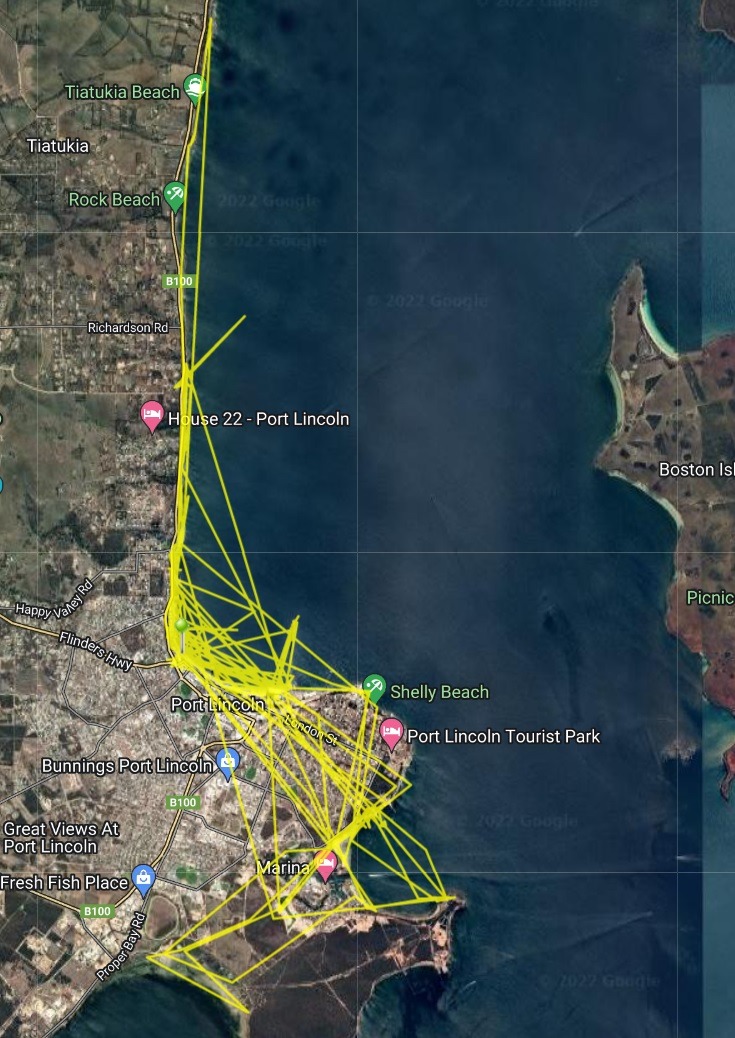Friends of Osprey Projects
Osprey and White-bellied Sea Eagle Recovery Plan
This foundational document, developed by the National Parks and Wildlife Service of South Australia, was completed in early 2022 and outlines the threats and recovery opportunities that exist for South Australia’s fragile populations of both Ospreys and White-bellied Sea Eagles. These two birds have similarly small, isolated and declining populations and face many of the same threats which impact the success of their breeding. The document provides a high level overview of the situation facing these birds and provides a foundation upon with the Friends of Osprey will coordinate their work into the future.
Friends of Osprey Action Plan
The Friends of Osprey Action Plan has compiled a clear framework to maximise the conservation benefits flowing from the Friends’ work. We want to be strategic in our goals and apply funds raised and volunteer hours to projects that will directly contribute to the survival of the species. The plan outlines our strategy for identifying the most appropriate locations for the installation of elevated nesting platforms, which is a key conservation project being deployed by the Friends group. It outlines our plans to undertake GPS tracking and banding of selected young, community education and predator control where appropriate.
Osprey Nesting Platforms
Nesting platforms provide Ospreys with elevated locations where they can nest and rear young away from actual or perceived threats from human disturbance and interference from predators such as foxes. Across the world they have been shown to be highly successful in creating opportunities for additional Osprey to fledge, an outcome that is critically important in a small population such as that in South Australia. Through a series of grants and generous private donations from businesses and charitable foundations, we have been able to construct a number of artificial nesting platforms at key breeding locations on South Australia’s Yorke Peninsula and Eyre Peninsula. These platforms have been placed in locations where a pair of Ospreys have previously constructed a nest which had failed to produce young due to inherent disturbance associated with that nesting site, or at a site that was in a particularly vulnerable location, unlikely to prove fruitful.

An example of the effectiveness of GPS tracking, this shows the movements of 2021 fledgling, Ervie, who has remained in and around the Port Lincoln township.
Osprey GPS tracking and banding
Some of our volunteers have the skills, experience and government approvals to GPS track and band young Osprey which helps us to learn far more about these birds.
GPS tracking involves attaching a very lightweight satellite tracker to an Osprey (usually before it has fledged, while still in the nest) which can last several years before failure. We aim to GPS track several birds each year depending on our resources.
We also band some of our Osprey chicks with unique identifying leg bands. Again this helps us track their movements and is more cost effective than GPS tracking.
